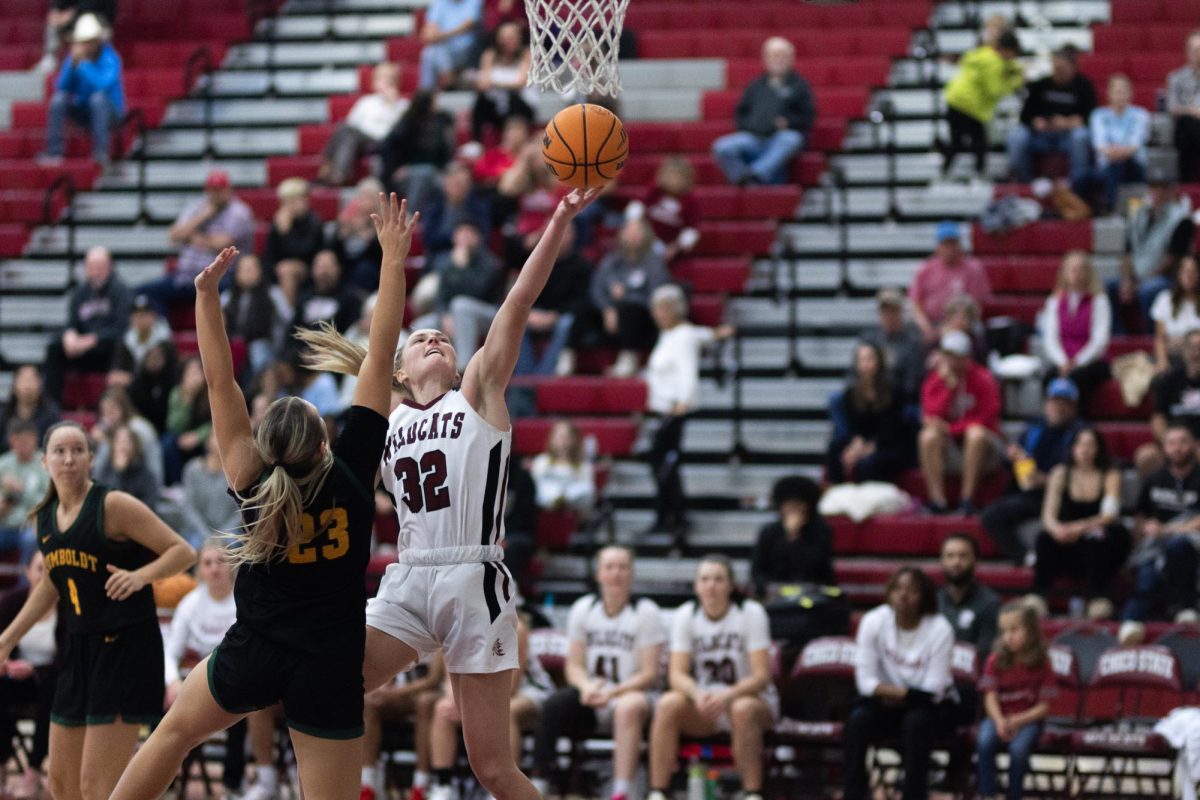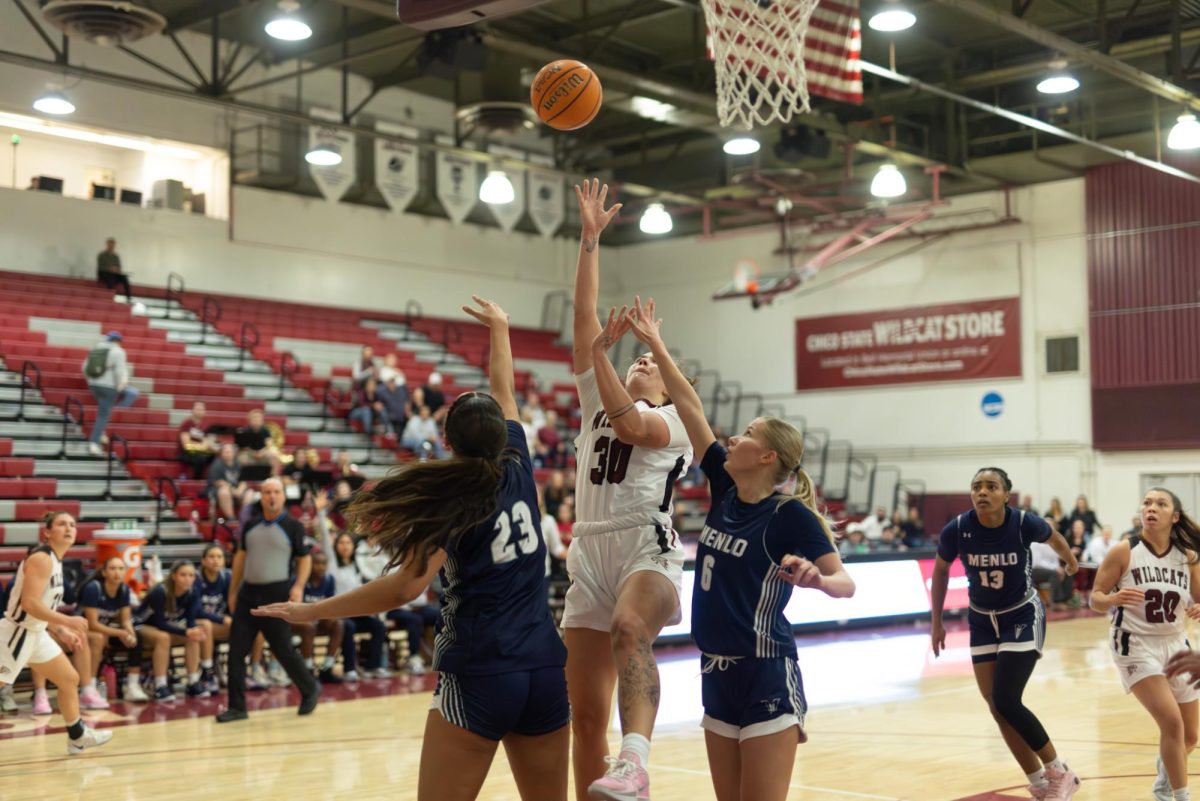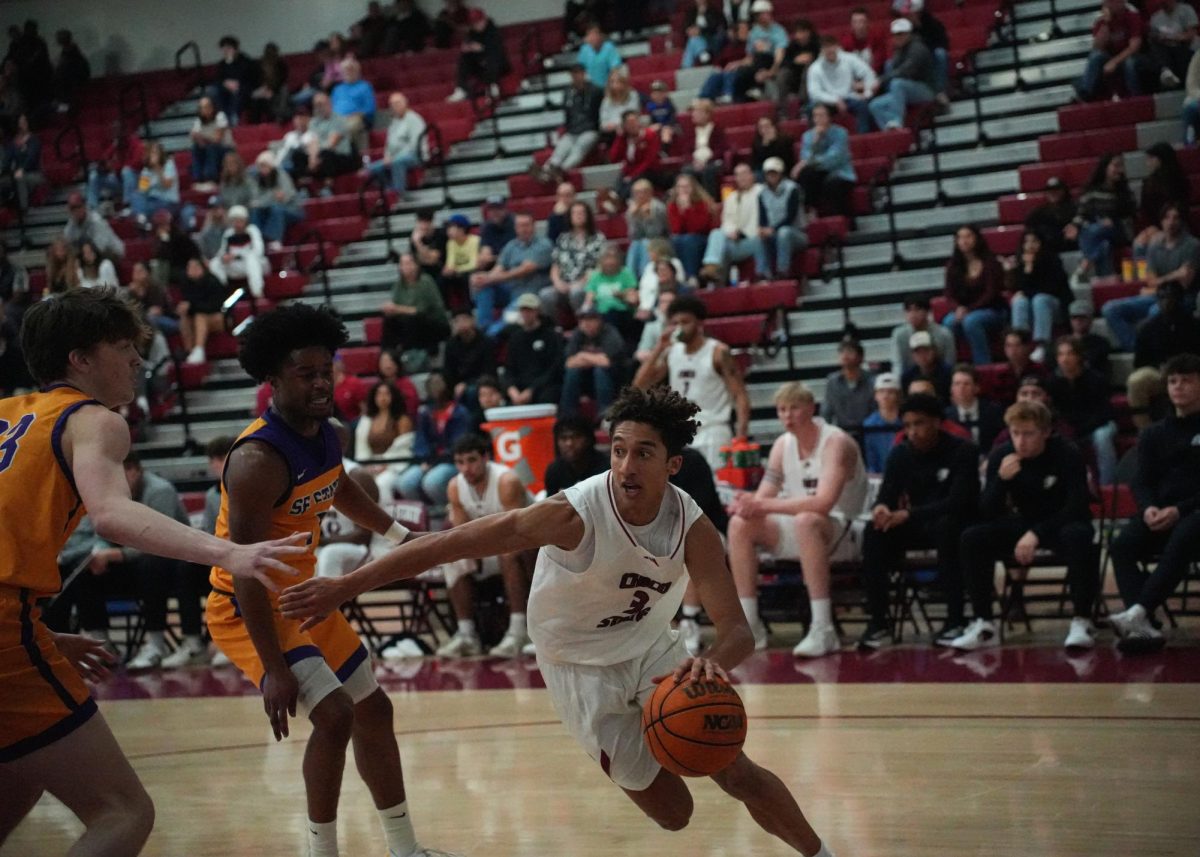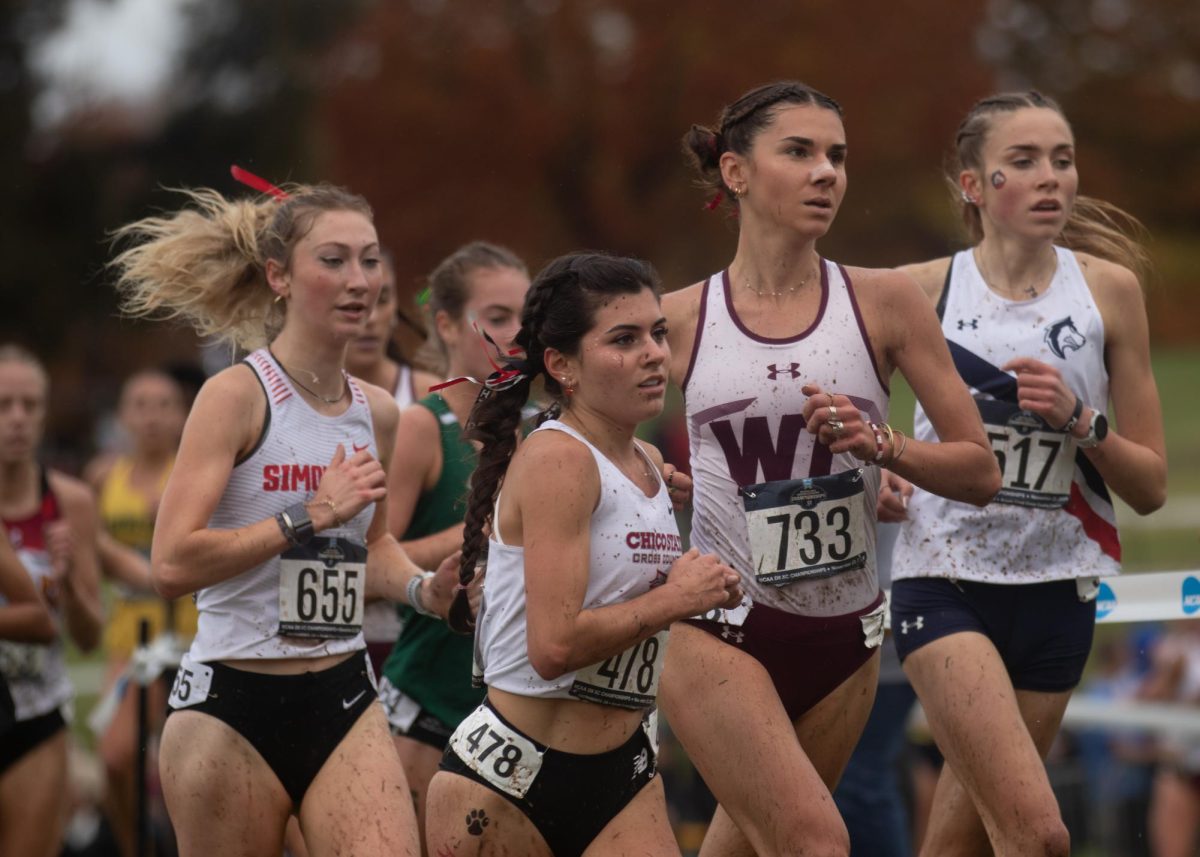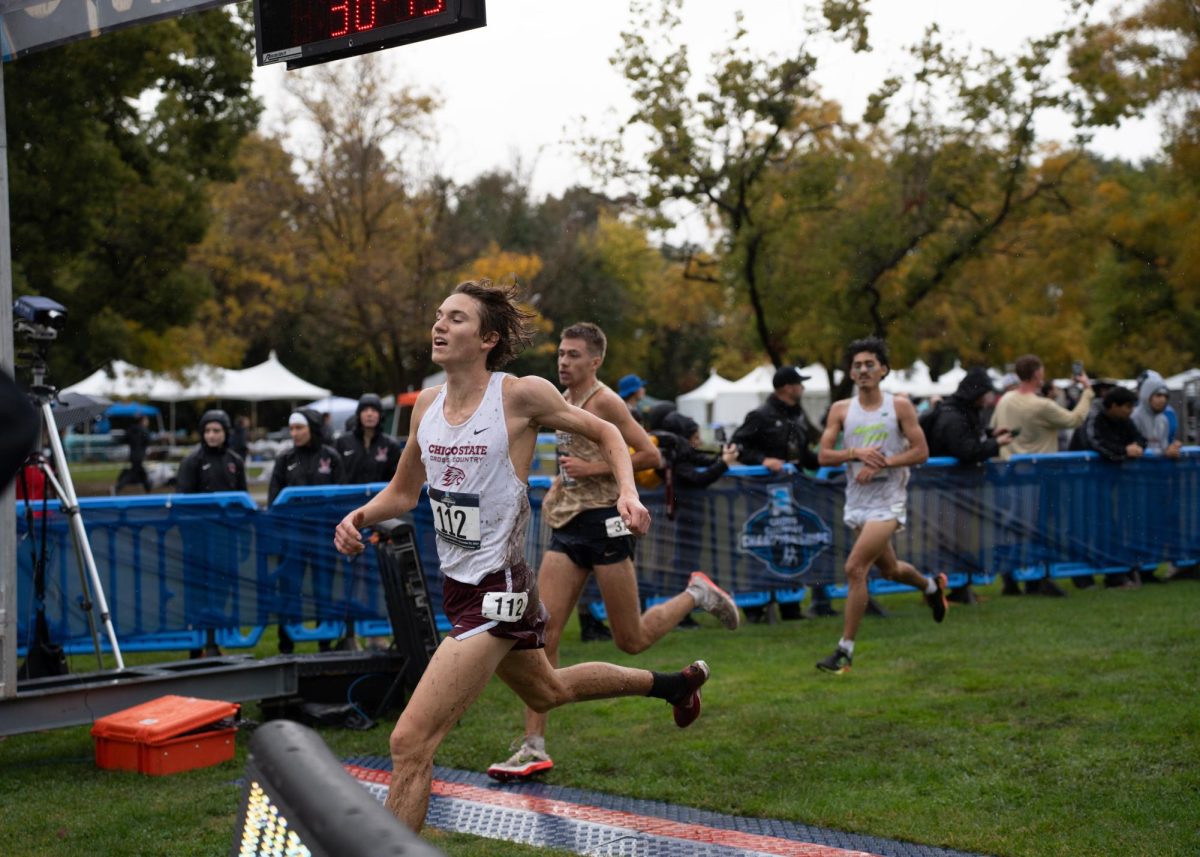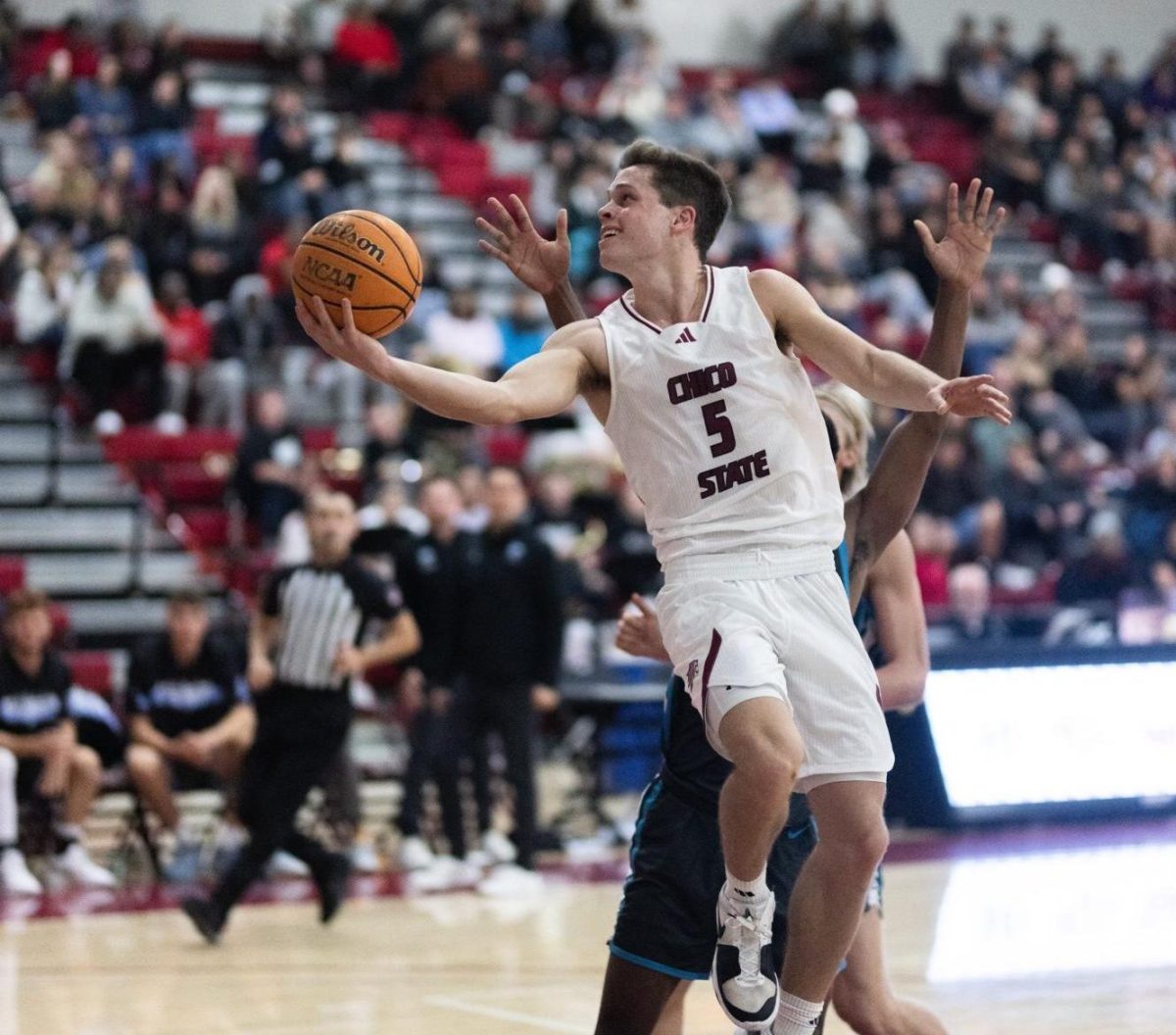
When Green Bay Packers’ starting quarterback Aaron Rodgers stepped onto the Pleasant Valley High School campus in the fall of 1997 he was only 5-foot-2 and 130 pounds.
Now standing at 6-foot-2 and weighing 225 pounds, the Chico native is the favorite to win his second NFL MVP award after leading Green Bay to a first round playoff bye and a 12-4 record.
This season, Rodgers threw for 4,381 yards, completed 65.6 percent of his passes and served up 38 touchdown passes while giving up just five turnovers. His 112.2 passer rating was second in the NFL only to the Cowboys’ Tony Romo with a 113.2 rating.
Rodgers’ career passer rating since entering the NFL in 2005 is 106, the best in league history. To put that further into perspective, his passer rating is higher than that of Romo, future Hall of Fame inductee Peyton Manning and former San Francisco 49ers quarterback and Hall of Fame player Steve Young.
Unlike Manning, who was heavily recruited out of high school, Rodgers received no Division I scholarship offers when he graduated. He ended up at Butte College, about 15 miles outside of Chico.
In his one year playing for Butte College, Rodgers led the Roadrunners to a 10-1 record. In Butte’s lone loss against Fresno City College, Rodgers set a school record when he posted 468 yards of total offense.
Rodgers’ recruitment has a fairy tale feel that started with UC Berkeley’s football coach Jeff Tedford, who at that time was scouting Butte College’s tight end Garrett Cross. While watching Cross, Tedford saw footage of Rodgers in action. After seeing what he could do, Tedford sped down Highway 99 to attend a Butte College practice and offer Rodgers a scholarship on the spot.
Following two successful seasons at UC Berkeley, Rodgers and his family flew to New York for the 2005 NFL draft. Rodgers was projected to go as high as the number one pick for the San Francisco 49ers, his favorite team growing up.
However, the 49ers decided to go another direction, drafting Alex Smith out of the University of Utah for the first pick in the draft. Rodgers slipped all the way to the 24th pick in the first round.
Speaking as both a Chico native and lifelong 49ers fan, I still remember that draft and thinking how weird it would have been to be from the same town as my favorite team’s quarterback.
Looking at it now, with Smith going through eight offensive coordinators in his first eight seasons, and how Rodgers was given the opportunity to learn behind one of the NFL’s best quarterbacks of all time in Brett Favre, it seems to have worked out for everyone involved.
Rodgers had his friendly moments with Favre, but it wasn’t as if Favre went out of his way to speed the transition to the young quarterback. After sitting in the background for three years, Rodgers was controversially named the Packers’ starter after Favre retired the first time.
A year later Rodgers led the Packers on a playoff run that culminated with him being named the Super Bowl XLV MVP following a 35-25 victory over the Pittsburgh Steelers.
In the process, Rodgers became the second Butte College alumnus to play in the Super Bowl, along with Hall of Fame offensive lineman Larry Allen, who played in a number of Super Bowls with the Cowboys and the 49ers.
Rodgers followed that season with one of the greatest statistical years in NFL history as he led the Packers to a 15-1 record and picked up league MVP honors in the process. Unfortunately, the Packers lost against the New York Giants in the divisional round of the playoffs that year.
Even if one of my favorite memories of Candlestick Park was watching Colin Kaepernick knock Rodgers and the Packers out of the playoffs in 2013, I think I speak for all 49ers fans who are hoping Rodgers reaches the Super Bowl this year.
Kevin Lucena can be reached at [email protected] or @klucena824 on Twitter.



